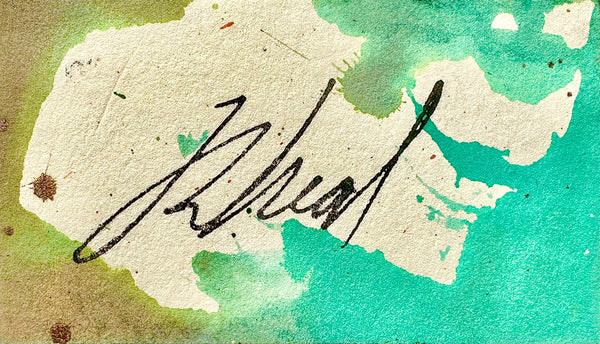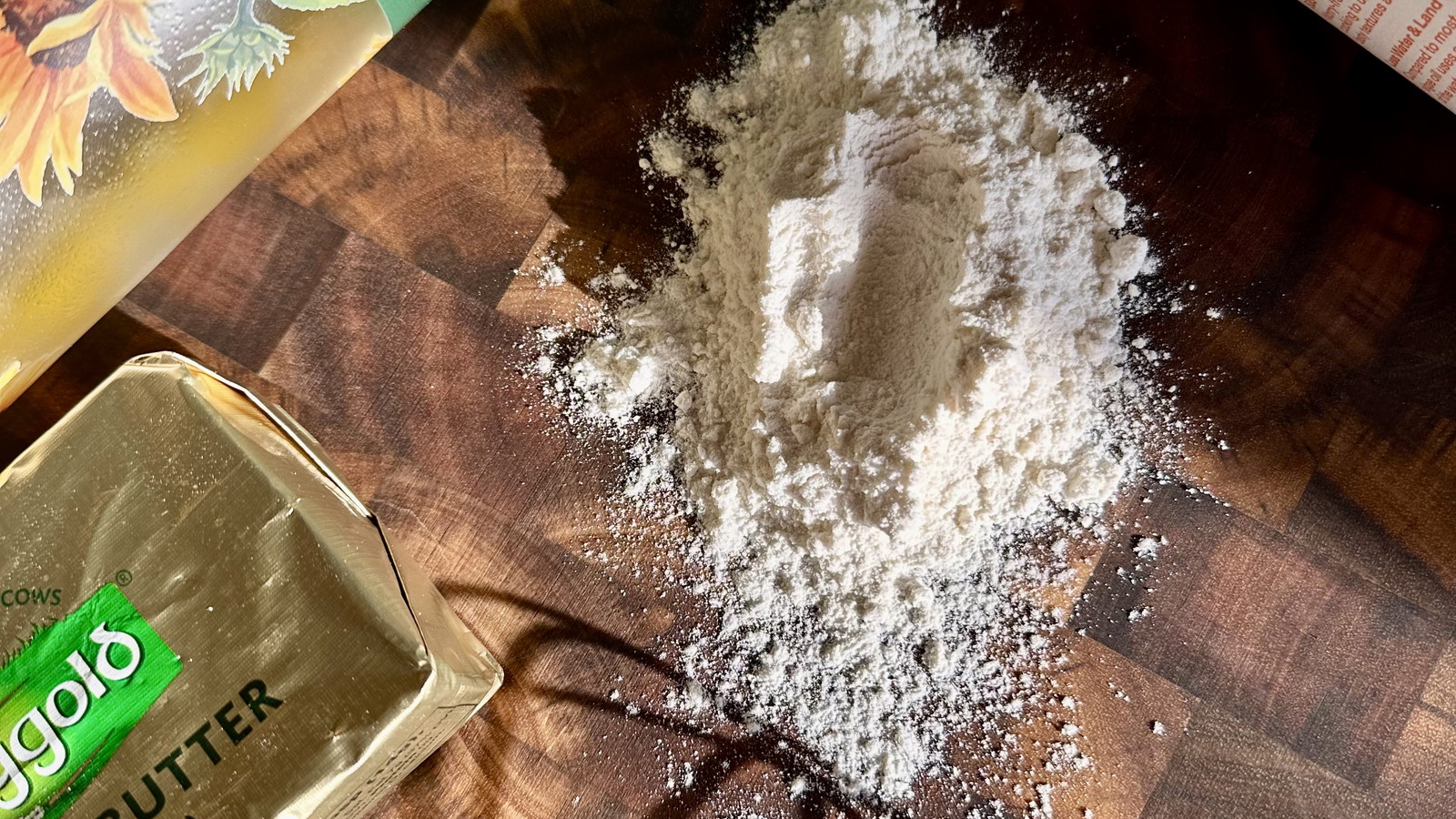Simple Roux
Share

If you’ve ever wondered how your favorite creamy mac & cheese or thick, flavorful gumbo gets that silky texture, chances are it starts with a roux. This simple mix of fat and flour is one of the most powerful tools in a home cook’s arsenal and once you learn it; you’ll use it everywhere.
It’s the base for gravies, soups, sauces, casseroles and so much more.
What Is a Roux?
A roux is made by cooking equal parts fat (like butter, oil, or pan drippings) and flour until it forms a smooth, paste-like consistency. The longer it cooks, the darker and more flavorful it becomes. Evolving from pale blond to golden brown to deep, nutty chocolate, with the aroma growing richer at each stage. First developed in 17th-century France to create classic mother sauces like béchamel and velouté; roux was later embraced in Creole and Cajun cuisine in the South, where darker versions became the base for gumbo, etouffée and other deeply flavorful dishes. Today, it’s a go-to technique for everything from casseroles to gravies.
Why You Should Learn It
-
Thickens & Binds – Adds structure and texture to sauces, soups and stews.
-
Deepens Flavor – A darker roux adds nutty, toasty notes that elevate a dish.
-
Versatile – Can be used with butter, oil or drippings depending on the cuisine.
-
Foundational Skill – Once you’ve mastered it, you can build dozens of recipes with confidence. It is a key cooking skill.
Quick Tips for a Smooth Roux
-
Go Low & Slow – Burnt roux = bitter flavor. Take your time and don’t rush the process. If it burns, start over the flavor won’t recover no matter how long you cook it. If you're retrying make sure your pan is clean before starting again to avoid leftover burnt bits.
-
Whisk Constantly – This keeps it lump-free and velvety.
-
Choose the Right Fat – Butter for creamy sauces, oil for Cajun cooking, drippings for rich gravies.
-
Cook to the Color You Need – Light for béchamel, golden for cheese sauces, medium to dark for gumbo.
Rheal Kitchen Talk
A roux might sound fancy, but it’s really just one of those quiet cooking flexes that changes everything. Once you get the feel for it that warm, toasty smell and that silky texture coming together it’s hard not to use it in everything. It’s an old-school technique that holds its own in any kitchen, and when you master it, you unlock a whole world of made by you meals.

